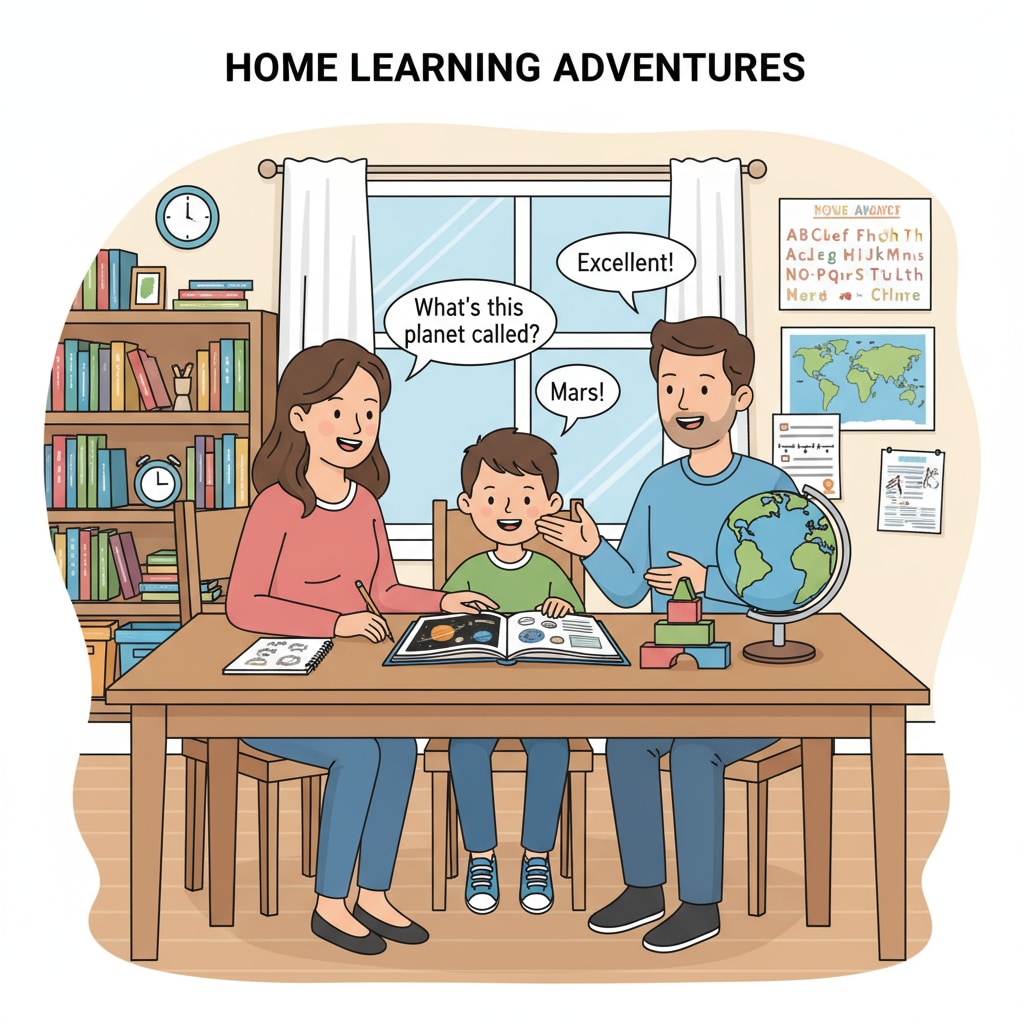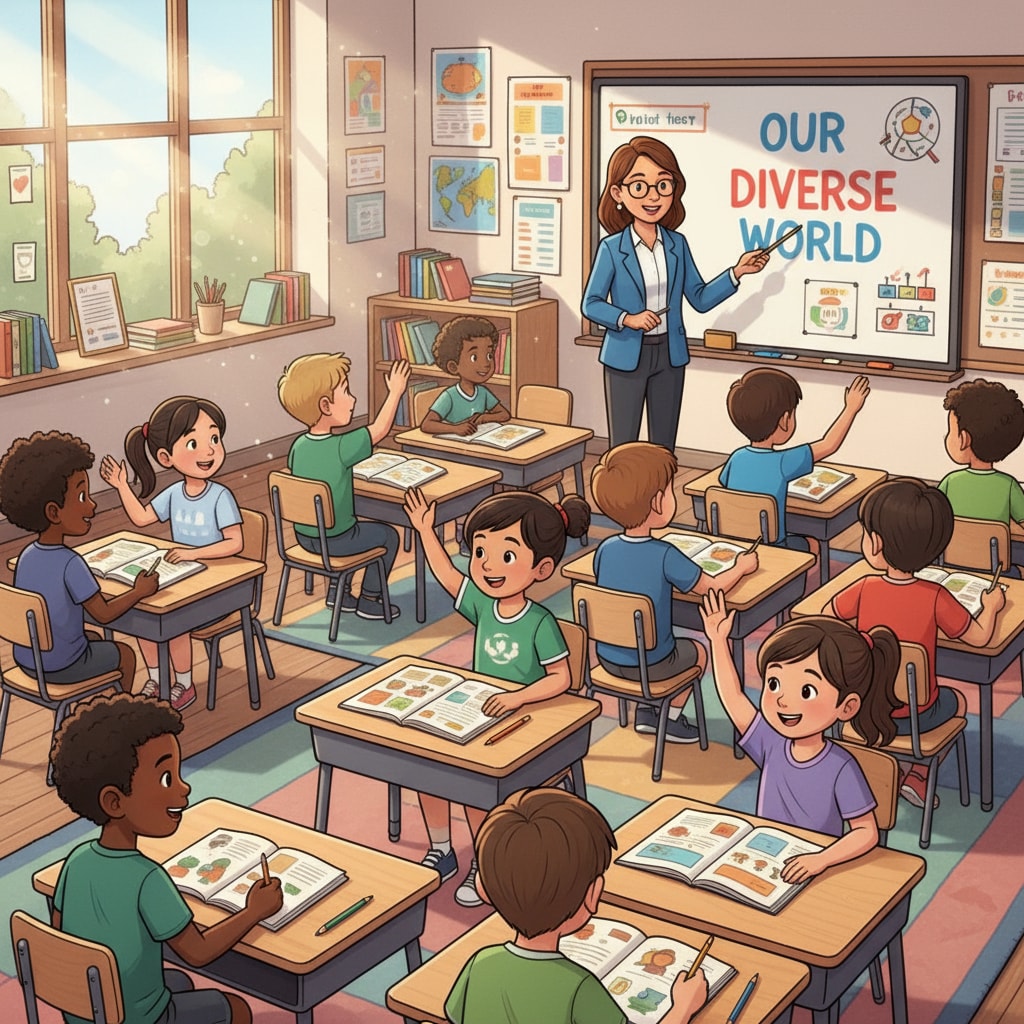Home education, bias transmission, and educational diversity are intertwined aspects that significantly influence a child’s development. Family education, while offering many benefits, can also present challenges in terms of ideological transfer and limitations in educational scope. Let’s first understand the nature of home education and its potential implications.

The Ideological Closed Loop in Home Education
In home education, there’s a risk of an ideological closed loop. Parents, being the primary educators, may inadvertently transmit their own beliefs, values, and worldviews without much external influence. For example, a family with strong cultural or social beliefs might pass them on to the child without exposing the child to alternative perspectives. This can lead to a narrow understanding of the world. As a result, children may grow up with limited exposure to different ideas, potentially fostering biases.
Comparing Public and Home Education in Terms of Diversity
Public education systems are designed to be diverse. They bring together students from various backgrounds, introducing them to a wide range of cultures, ideas, and histories. In contrast, home education may lack this diversity. Parents may not have the resources or knowledge to expose their children to such a broad spectrum of educational materials. For instance, in history teaching, public schools often present a comprehensive view of different historical periods and events. In home education, however, the teaching might be influenced by the parents’ personal interests or beliefs, leading to an incomplete understanding of history. Public Education on Wikipedia Education on Britannica

To address these issues, parents involved in home education should strive to introduce more diversity into their children’s learning. This could involve using a variety of educational resources, such as online courses, educational documentaries, and books from different authors. By doing so, they can help break the potential ideological closed loop and provide a more well-rounded education. In conclusion, while home education has its merits, we must be aware of the potential for bias transmission and limitations in educational diversity. It’s crucial to find a balance to ensure that children receive a comprehensive and open-minded education.
Readability guidance: The article uses short paragraphs to present ideas clearly. Each section focuses on a key aspect of home education. Lists could be further incorporated to break down complex ideas. The passive voice is kept to a minimum, and transition words like ‘however’, ‘for example’, and ‘as a result’ are used to enhance the flow.


